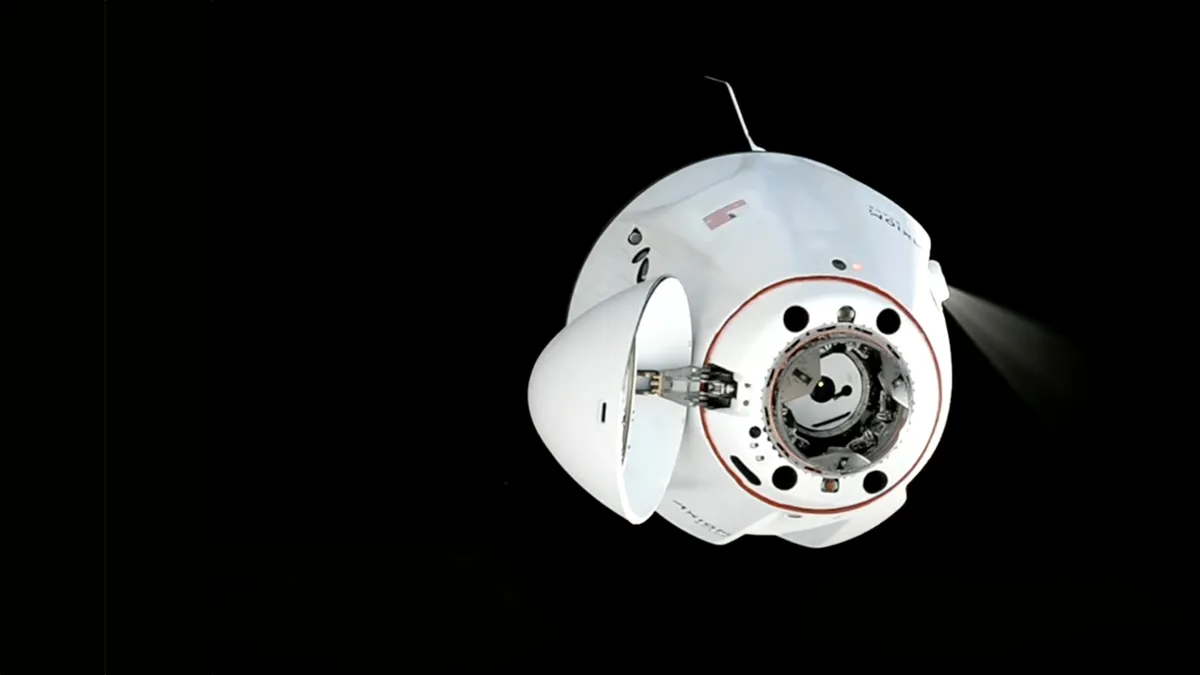Dimming the Sun: The Silent Experiment That Almost No One Knew About
Introduction Imagine waking up one day to learn that scientists had quietly planned to block sunlight—not because of an eclipse, but through a human-made experiment. It sounds like science fiction, but it's becoming scientific reality. In a move that has sparked both intrigue and concern, a group of researchers planned a small-scale test to dim the sunlight reaching Earth, aiming to explore solar geoengineering as a potential tool to combat climate change. The catch? They deliberately avoided informing the public—fearing it might "scare" people. What is Solar Geoengineering? Solar geoengineering, also known as Solar Radiation Management (SRM), is the deliberate modification of Earth’s atmosphere to reflect a portion of sunlight back into space. This could be done by spraying tiny reflective particles (aerosols) into the stratosphere to mimic the cooling effects of a volcanic eruption. Proponents see it as a last-resort solution to offset global warming; critics call i...


